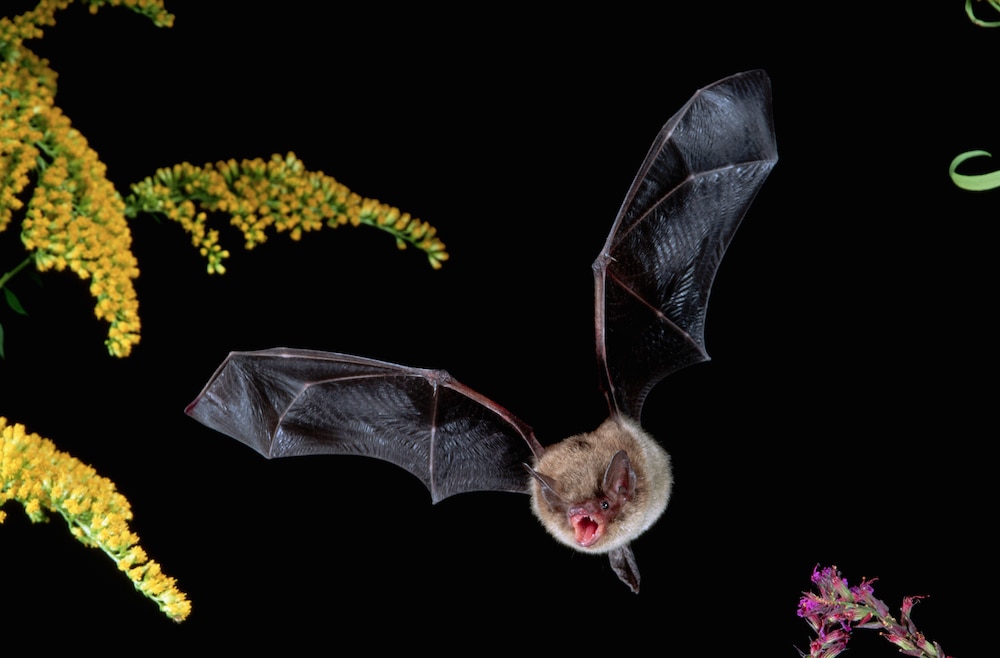Create a free profile to get unlimited access to exclusive videos, sweepstakes, and more!
Bats pretend to be wasps to scare off predators, a first in insect mimicry
Sometimes a good impression can save your life.

There is no greater terror to the predators of Gotham than the caped crusader himself. In addition to unparalleled detective skills and a killer right hook, Batman (now streaming on Peacock!) has the benefit of his utility belt, seemingly filled with the perfect gadget for every scenario.
Real world bats have their own suite of incredible abilities, including specialized genetic mutations and the power of friendship. Now we can add an additional tool to their evolutionary utility belt which helps them fight off their own predatory rogues’ gallery. A team of scientists from the University of Naples Federico II studied the greater mouse-eared bat — a small brown bat which can fit in the palm of your hand — and found that they pretend to be stinging insects when threatened. Their findings were published in the journal Current Biology.
While bats are the terror of insects everywhere, they aren’t immune to predation themselves. When threatened the greater mouse-eared bat does what anyone avoiding deadly consequences would do, they pretend to be someone else.
Mimicry is a well-established survival tactic in nature, with examples ranging from butterflies with eyespots mimicking predatory birds to the beautiful orchid mantis with its body resembling flower petals to lure in unsuspecting prey. Recorded examples of acoustic mimicry, however, are startlingly rare and this is the first time any mammal — humans excluded — has been heard pretending to be an insect.
The behavior was first discovered by Danilo Russo, one of the study’s authors, during fieldwork in southeastern Italy. There, researchers had laid out nets to humanely capture bats for study. When collecting the bats from the traps he noticed them making an unusual buzzing sound anytime he got too near.
That it was a defense mechanism seemed an obvious conclusion, considering they started buzzing every time he approached, but it was unclear precisely what the purpose was. The pieces fell together when scientists realized that one of the bats’ greatest predators are owls, who often nest in trees alongside stinging insects like wasps and hornets.
While owls often share territory with stinging insects, they’re using the space at opposite times of day. Owls are nocturnal while wasps and hornets are active during the day. Despite that, there appears to be enough overlap that owls are familiar with their buzzing sounds and know it amounts to a potential danger. By doing a convincing impression of their sounds, bats are sending an auditory signal to their predators to stay away.
That was the idea, anyway, but scientists wanted to be sure, so they designed an experiment to find out. The team recorded bats in the act of making their buzzing defense call and played those recordings for owls. They also played actual recordings of stinging insects as well as a control sound consisting of a non-buzzing bat call. Then they watched how the owls responded.
Their reaction was one of complete avoidance and was consistent regardless of whether they were hearing insect recordings or those from bat pretenders, which suggests it’s an effective method of scaring off predators.
No hero, however small, succeeds without a good disguise, and in nature, as in comics, every once in a while, it helps to change your costume.


























